When this comes to barbecuing, there are a few different ways to season your meat. You may use a dry rub or a wet rub. But what is the difference between the two? And which one is better? Keep reading to find out!
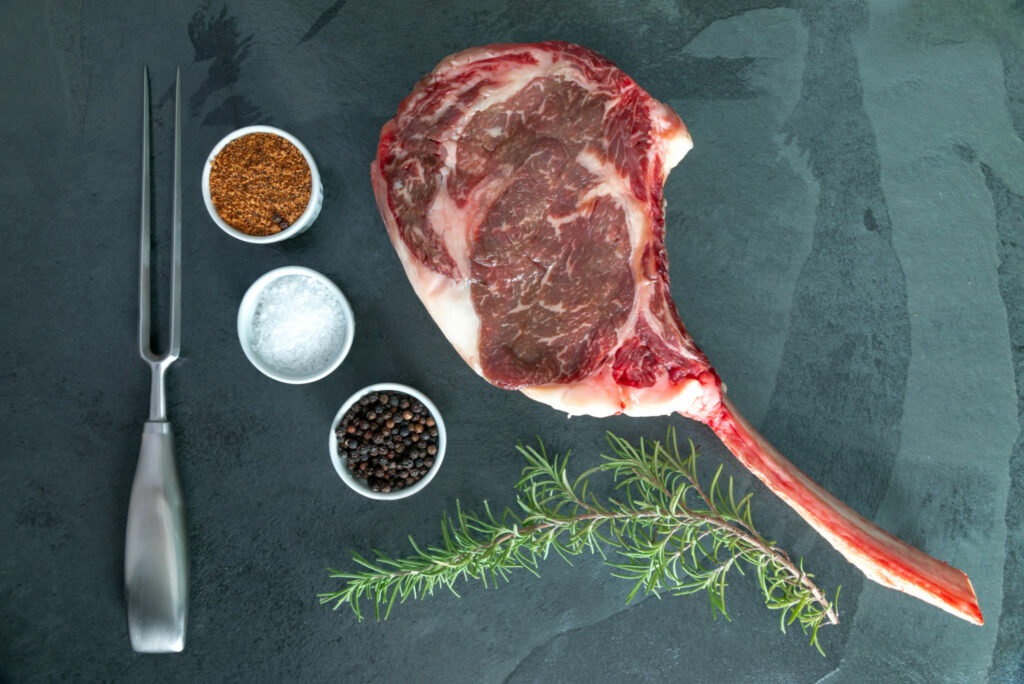
What Is A Dry Rub And Wet Rub?
- Dry Rub –
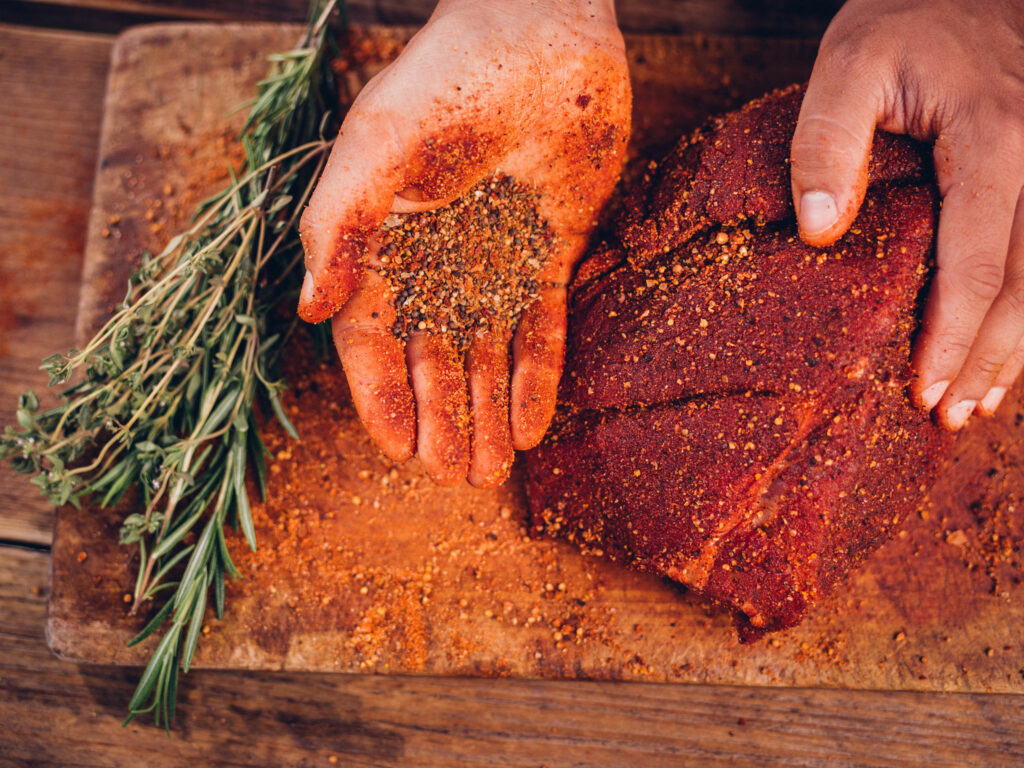
A dry rub is a variety of spices that are rubbed into the meat before cooking. It helps to flavoring the meat and creates a crust on the outside.
- Wet Rub –
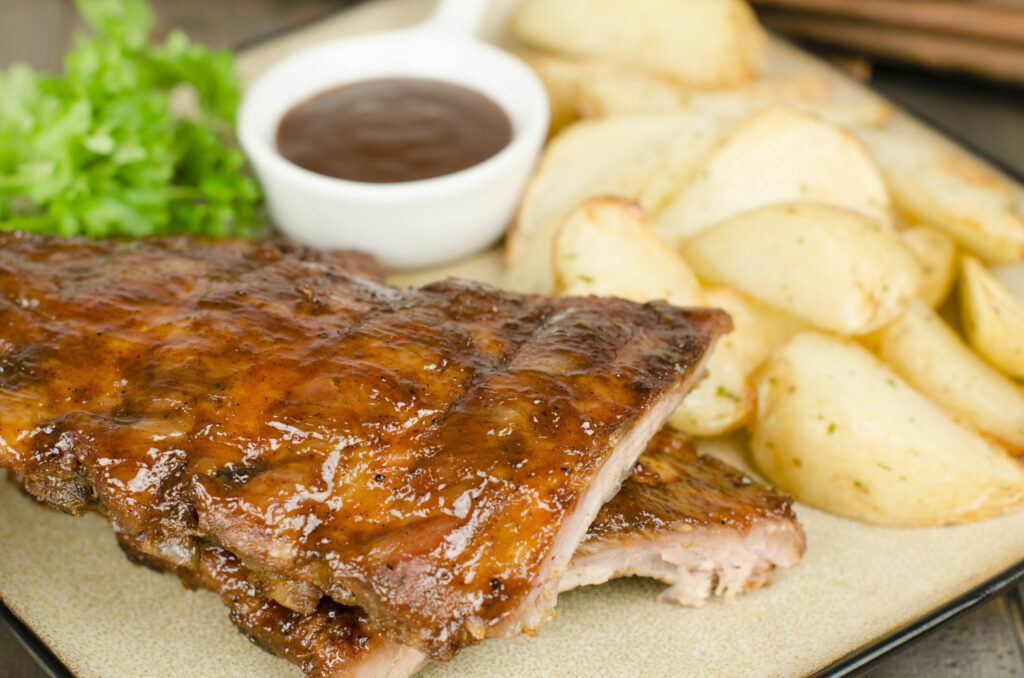
A wet rub is a mixture of spices and liquids (usually oil or vinegar) that are rubbed into the meat before cooking. This helps to create a flavorful crust on the outside of the meat while also helping to tenderize it.
What Are Their Differences?
Now That You Know What Each Kind Of Rub Is, Let’s Take A Closer Look At The Key 7 Differences Between Them:
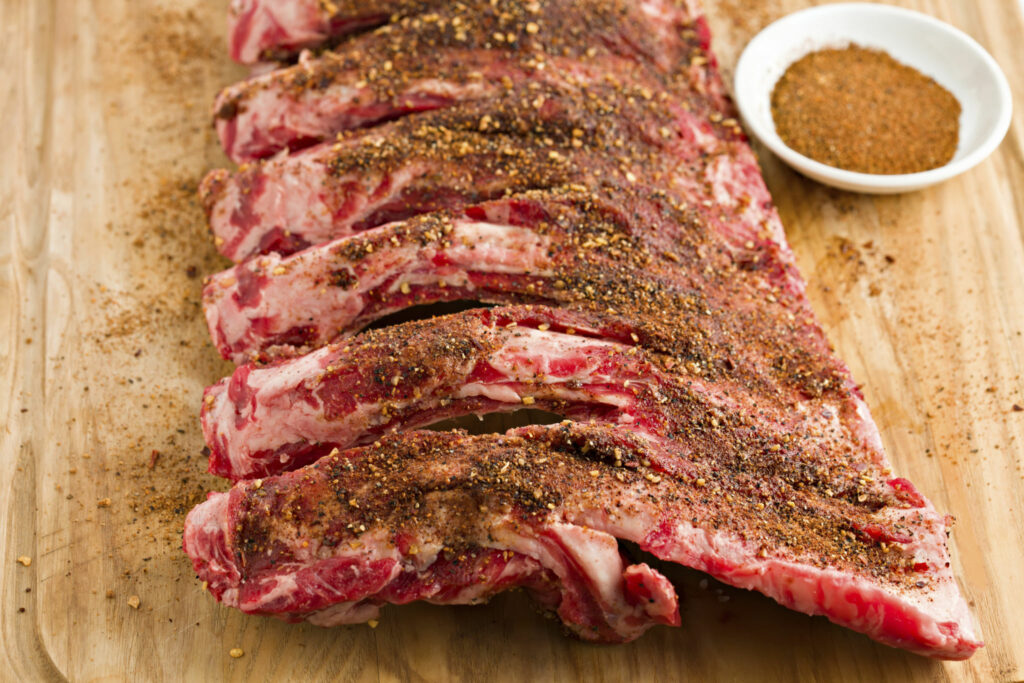
1. A dry rub is a mixture of spices that are rubbed into the meat before cooking, while a wet rub is a mixture of spices and liquids (usually oil or vinegar) that are massaged into the flesh before cooking.
2. A dry rub helps to flavoring the meat and create a crust on the outside. A wet rub helps to create a flavorful crust on the outside of the meat while also helping to tenderize it.
3. Dry rubs are usually made with pantry staples like salt, pepper, and paprika. Wet rubs often have additional ingredients like oil or vinegar.
4. Dry rubs can be applied just before cooking, while wet rubs should be applied few hours (or even up to a day) in refinement so that the flavors have time to penetrate the meat.
5. Dry rubs are best for grilled or smoked meats, while wet rubs are good for all types of cooking methods.
6. Dry rubs are easier to apply than wet rubs because they don’t require additional liquids. Wet rubs can be messier to apply.
7. Dry rubs usually need to be applied more generously than wet rubs because the spices can fall off during cooking. Wet rubs can be applied more sparingly since the liquids help them to stick to the meat.
The Benefits Of Using A Dry Rub Or Wet Rub!
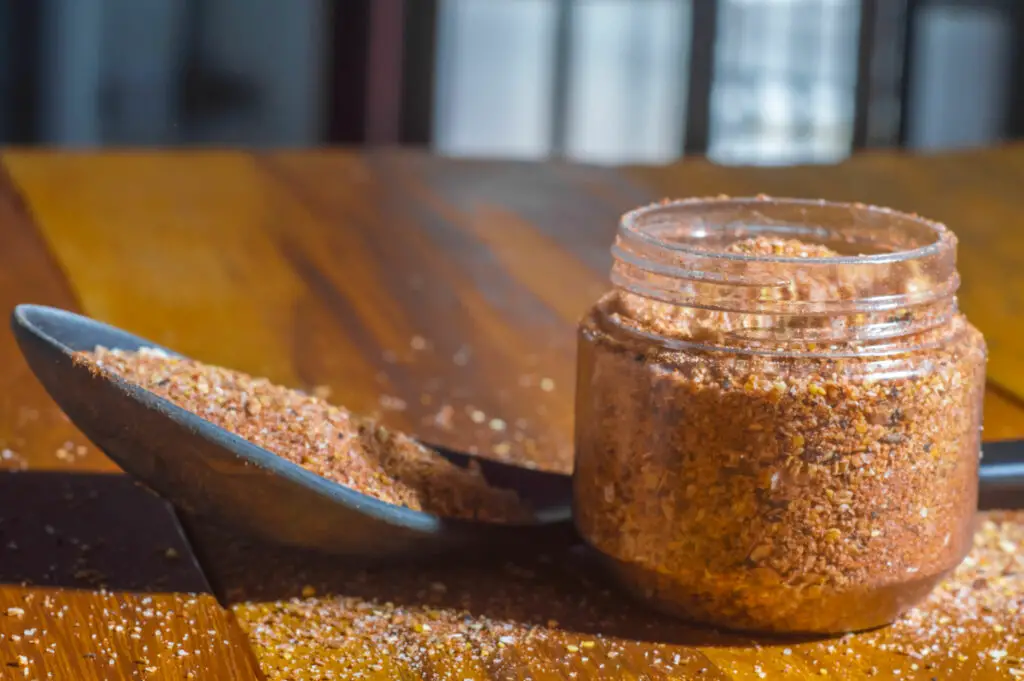
There are many benefits to using both dry rubs and wet rubs. It actually depends on your personal selections as to which one you want to use. Here are some of the benefits of each:
Benefits Of Using A Dry Rub:
1. Dry rubs are easy to make and usually require pantry staples that you already have on hand.
2. Dry rubs are easy to apply and don’t require additional liquids.
3. Dry rubs usually need to be applied more generously than wet rubs, so you can use them as an opportunity to be more creative with your spice blends.
4. Dry rubs can add a lot of flavor to your meats without making them too salty.
5. Dry rubs can create a flavorful crust on the outside of the meat.
6. Dry rubs are good for all types of cooking methods, including grilling, smoking, and even baking.
7. Dry rubs can be stored in an airtight container for up to 6 months.
8. Dry rubs are generally less expensive than wet rubs.
Benefits Of Using A Wet Rub:
1. Wet rubs are more flavorful than dry rubs because they contain additional liquids like oil or vinegar.
2. Wet rubs can tenderize the meat as well as flavor it.
3. Wet rubs often have unique ingredients that you might not find in a dry rub, which can count an extra level of flavor to your dish.
4. Wet rubs usually need to be applied less generously than dry rubs, so you don’t have to worry about them making your meat too salty.
5. Wet rubs can create a flavorful crust on the outside of the meat while also helping to tenderize it.
6. Wet rubs are good for all types of cooking methods, including grilling, smoking, and even baking.
7. Wet rubs can be stored in an airtight container for up to 2 weeks.
8. Wet rubs can be more expensive than dry rubs because they contain additional ingredients.
How To Make A Dry Rub Or Wet Rub?
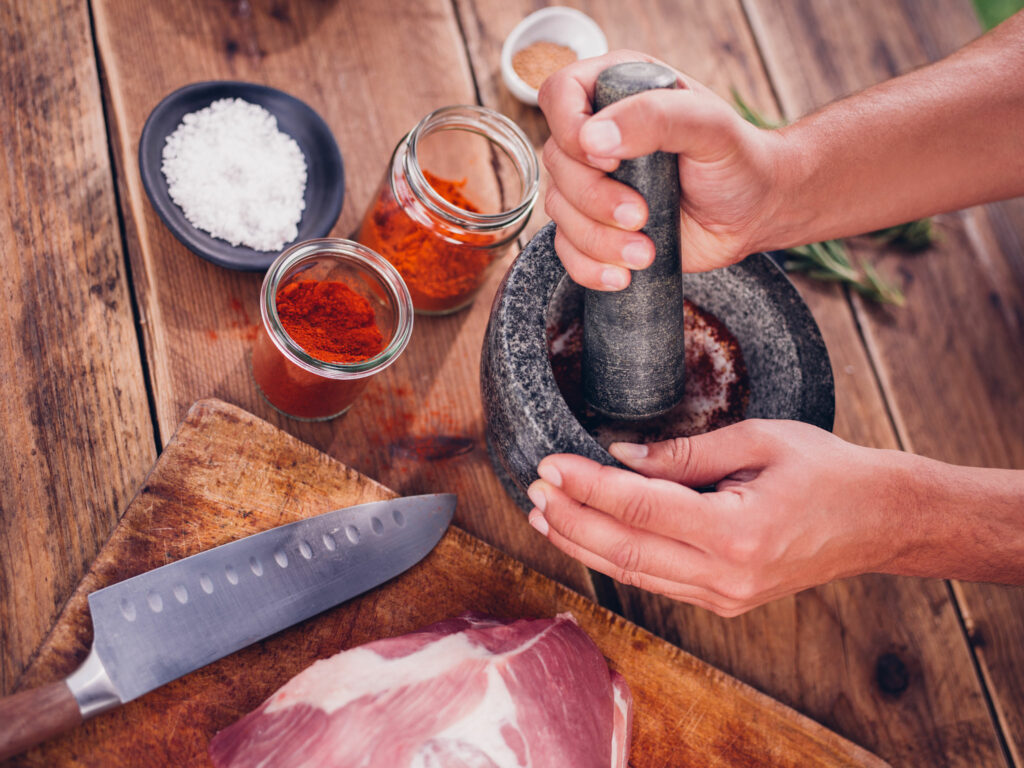
Now that you know the benefits of using a dry rub or wet rub let’s take a look at how to make them! Follow these simple sequences, and you will be on your way to making the perfect dry rub or wet rub for your next meal.
- Dry Rub:
1. Combine all of your water-less ingredients in a bowl and mix well.
2. Rub the mixture onto your meat, using as much or as little as you like.
3. Let the meat sit for at least 30 minutes so that the flavors can penetrate.
4. Cook your meat using your preferred cooking method.
5. Enjoy!
- Wet Rub:
1. Combine all of your water-less ingredients in a bowl and mix well.
2. Add in your wet ingredients and mix until everything is evenly combined.
3. Rub the mixture onto your meat, using as much or as little as you like.
4. Let the meat sit for at least 2 hours so that the flavors can penetrate.
5. Cook your meat using your preferred cooking method.
6. Enjoy!
Recipes For Different Types Of Dry Rubs And Wet Rubs!
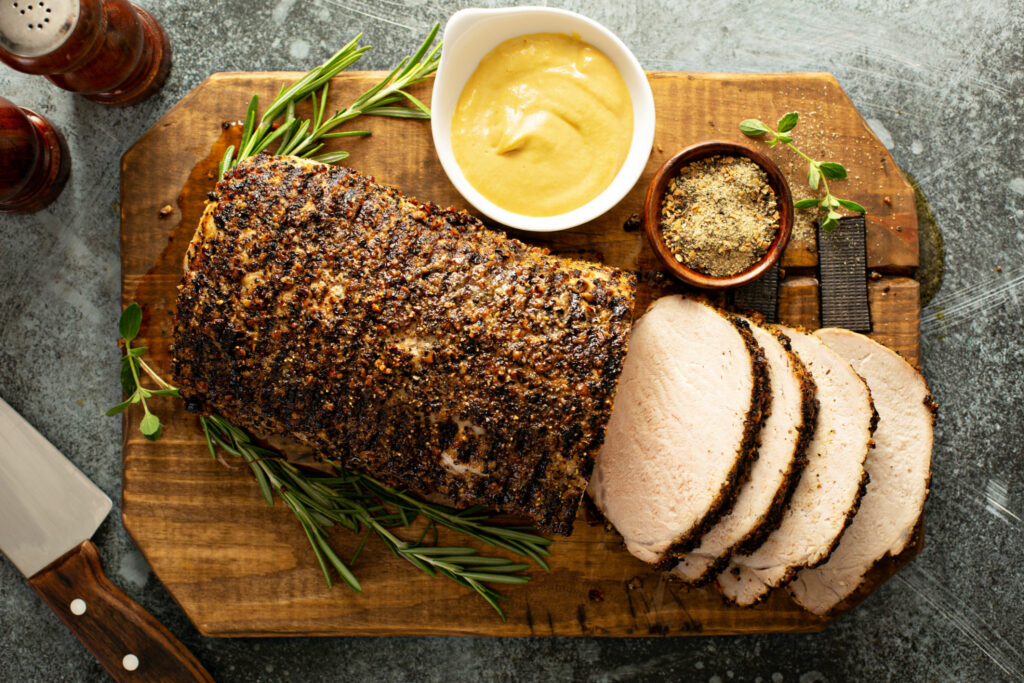
You can use any combination of spices that you like to create your own unique dry rub or wet rub. But if you are peeking for some inspiration, here are some recipes for different types of dry rubs and wet rubs:
Dry Rub Recipes:
1. Basic Dry Rub:
This dry rub is perfect for those who like things simple. It contains just salt, pepper, and paprika.
2. Cajun Dry Rub:
This Cajun dry rub contains a blend of smoked paprika, garlic powder, onion powder, cayenne pepper, oregano, thyme, and black pepper.
3. BBQ Dry Rub:
This BBQ dry rub is best for grilling or smoking meats. It contains brown sugar, paprika, smoked paprika, garlic powder, onion powder, cumin, chili powder, and black pepper.
4. Jerk Dry Rub:
This Jamaican jerk dry rub can be used on chicken, pork, or fish. It contains allspice, thyme, cinnamon, nutmeg, and cayenne pepper.
5. Moroccan Dry Rub:
You can use this Moroccan dry rub on lamb, chicken, or fish. It contains cumin, paprika, ginger, cinnamon, coriander, and cayenne pepper.
6. Indian Dry Rub:
This Indian dry rub will give your meat a beautiful flavor and color. It contains turmeric, cumin, coriander, cinnamon, cloves, and cardamom.
7. Italian Dry Rub:
This dry rub is perfect for grilling chicken or pork. It contains garlic powder, onion powder, paprika, oregano, thyme, and black pepper.
Wet Rub Recipes:
1. Basic Wet Rub:
This wet rub is similar to the basic dry rub but with the addition of olive oil and vinegar.
2. Cajun Wet Rub:
This Cajun wet rub contains the same spices as the dry rub but with the addition of olive oil and vinegar.
3. BBQ Wet Rub:
This BBQ wet rub contains the same spices as the dry rub but with the addition of apple cider vinegar, Worcestershire sauce, and honey.
4. Jerk Wet Rub:
This Jamaican jerk wet rub can be used on chicken, pork, or fish. It contains the same spices as the dry rub but with the addition of olive oil and vinegar.
5. Moroccan Wet Rub:
You can use this Moroccan wet rub on lamb, chicken, or fish. It contains the same spices as the dry rub but with the addition of olive oil and lemon juice.
6. Indian Wet Rub:
This Indian wet rub will give your meat a beautiful flavor and color. It contains the same spices as the dry rub but with the addition of yogurt and lime juice.
7. Italian Wet Rub:
This wet rub is similar to the dry rub but with the addition of olive oil and balsamic vinegar.
FAQs About Dry Rubs And Wet Rubs!
Q: Can I Use A Dry Rub Or Wet Rub On Any Type Of Meat?
A: You can use dry rubs and wet rubs on any type of meat, fish, or poultry.
Q: How Long Should I Let The Dry Rub Or Wet Rub Sit On The Meat?
A: For best results, let the dry rub or wet rub sit on the meat for minimum 30 minutes or up to 2 hours for a wet rub.
Q: Can I Make A Dry Rub Or Wet Rub In Advance?
A: Yes, you can make your dry rub or wet rub ahead of time and keep it in an airtight container for forthcoming use.
Conclusion
Whether you’re a grilling novice or an outdoor cooking pro, it’s important to know the difference between dry rub and wet rub recipes. After all, the most important thing is to experiment and find what flavors you like best.
Have fun, and enjoy your delicious food! GrillCharms helps make grilling easier with a lot of information on grilling. Grilling is supposed to be fun – not a hassle!
- The 9 Best BBQ Grills for Smoking Brisket - December 29, 2022
- 6 Mouth Watering Grilled Shrimp Recipes - September 16, 2022
- 6 Delicious Grilled Desserts - September 16, 2022
